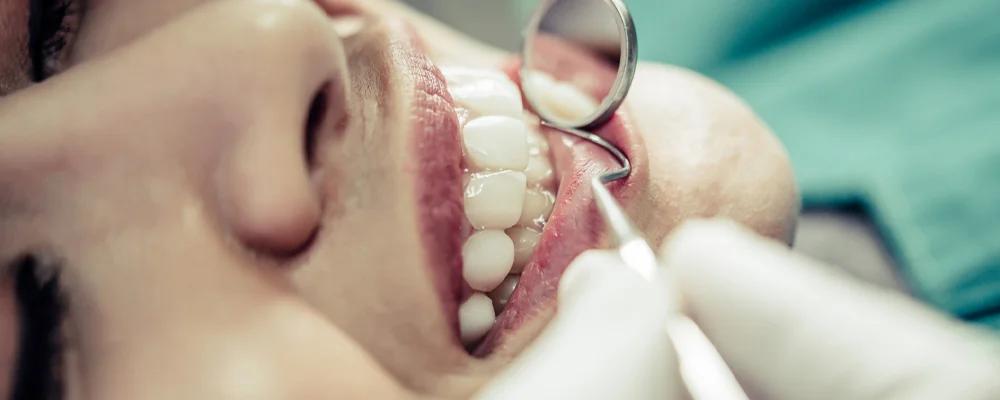


Tooth extraction is needed for severe caries, tooth fractured beyond repair, or tooth become mobile. Tooth extraction is usually performed by a dentist or an oral surgeon. The process occurs after numbing the tooth or localized area to ensure patients experience no pain during removal.
Preserving natural teeth is given a priority but in some cases teeth cannot be saved. Untreated severely decayed teeth can cause emergency tooth extraction.
In the tooth extraction recovery phase, a blood clot forms to stop the bleeding and initiate healing of the extraction site. Good oral hygiene can make healing smooth. However, some factors can delay recovery after extraction. Following are the aftercare tips for quick tooth extraction recovery:
Tooth extractions are done under local anesthesia. Local anesthesia will numb the specific area so that the patient would not feel any pain. While patients with extreme dental anxiety can request sedation to stay calm during the procedure. A dentist may offer the following types of sedative options:
It is better to consult a dentist or oral surgeon to know the price of tooth extraction. There are several factors and insurance coverage that can impact the tooth extraction cost.
The complexity of the extraction procedure, the experience of the dentist, the degree of anxiety of the patient, and the number of teeth that need to be extracted are some of the factors that affect the cost of tooth extraction.
Various health insurance companies cover major dental treatments and regular checkups. It is best to ask your insurance provider whether they cover tooth extraction or not.
Following are possible alternatives to tooth extraction that a dentist can advise:
Root canal therapy is performed to treat infected roots or remove decayed pulp without removing a tooth. It is a good alternative to preserve natural teeth in its place.
Root planing is advised for patients with deep pockets or periodontal abscess. Root planing is done to remove the tartar from root surfaces that might cause pain. After root planing, patients are advised for follow-up visits and guided for good oral hygiene practices. It is a possible alternative to preserve teeth in their natural shape.
The dentists advise patients to eat soft and chew from the opposite side at least a few days after tooth extraction.
Usually bleeding will naturally stop 3-4 hours after extraction. Firm pressure at extraction site helps to stop bleeding after tooth extraction. Patient is advised to bite on cotton gauze for 30 minutes and change the gauze and bite again for 30 minutes. This will help to make a blood clot at extraction site.
Usually there is no pain after tooth extraction. However, mild discomfort felt when anesthesia worn off.
The dentists advise ice cream if you are not diabetic. Ice cream can increase the risk of dental caries for other teeth. It is good to apply ice pack. Ice packs can prevent swelling after extraction.
No, it is advised to avoid mouthwash for 24 hours after extraction as it can disrupt the healing process. The dentists advise mouthwash rinse after 24 hours to keep extraction site clean and germs free.
Emergency tooth extraction treatment in Dubai is needed when there is severe pain, swelling, infection, or trauma that cannot be resolved with medication or temporary care.
Affordable tooth extraction options in Dubai are usually available at clinics that offer transparent pricing, proper diagnosis, and treatment plans without unnecessary procedures.
Wisdom tooth extraction in Dubai is commonly recommended when wisdom teeth cause pain, crowding, infection, or difficulty cleaning the area properly.
The best price for tooth extraction in the UAE depends on tooth position, complexity, and whether anesthesia or surgery is required.
Tooth extraction with anesthesia cost UAE clinics depends on the type of anesthesia, treatment difficulty, and whether oral surgery is involved.
Affordable oral surgery tooth extraction UAE clinics are chosen based on the dentist's experience, clear cost explanations, and good patient reviews, especially among the best dental clinics for tooth extraction in Dubai.
SCHEDULE YOUR VISIT ONLINE